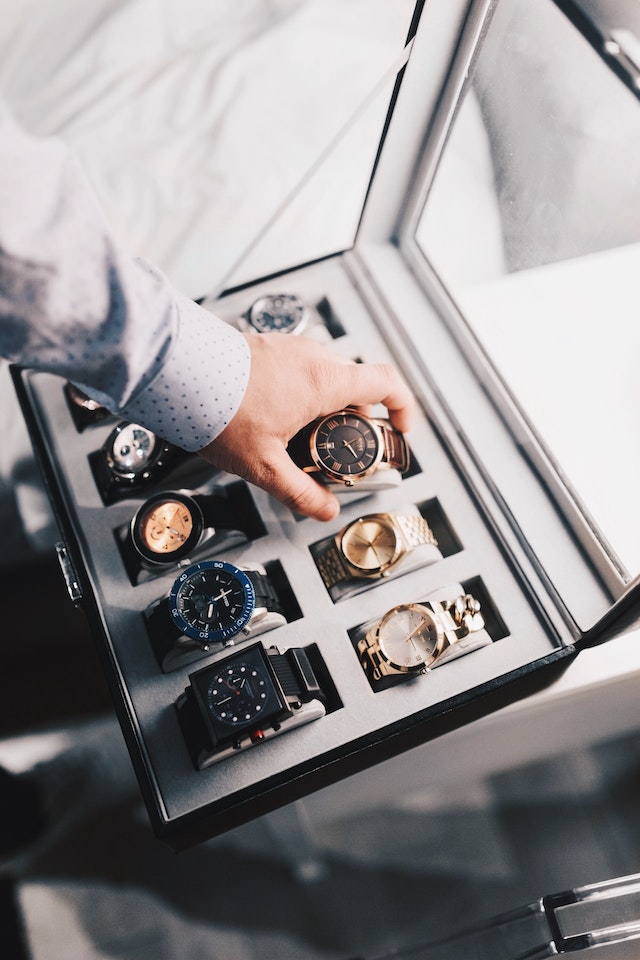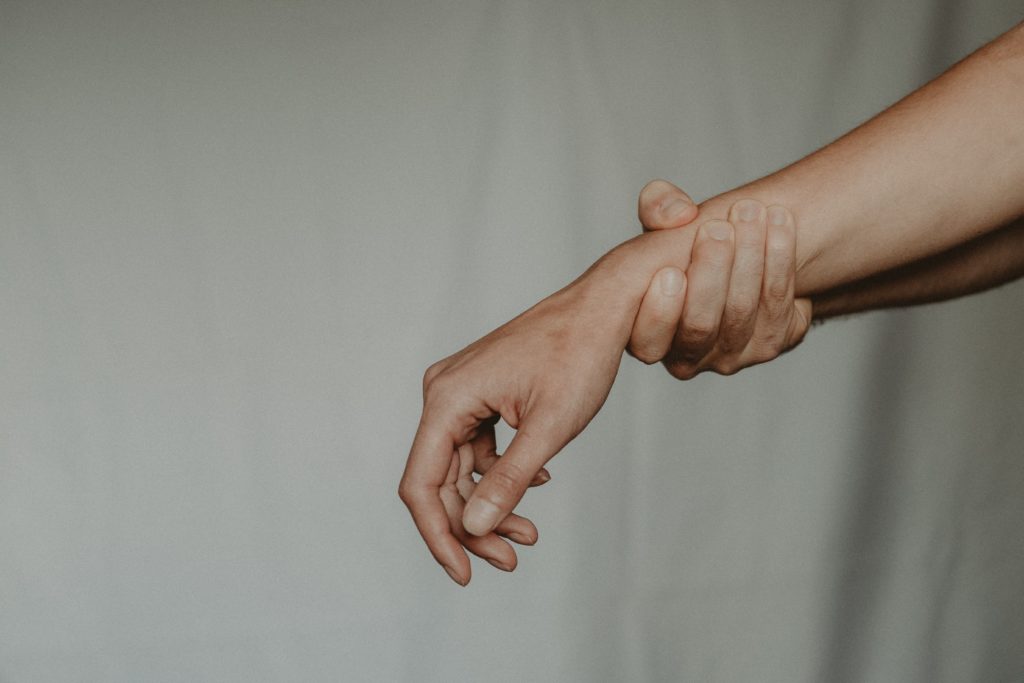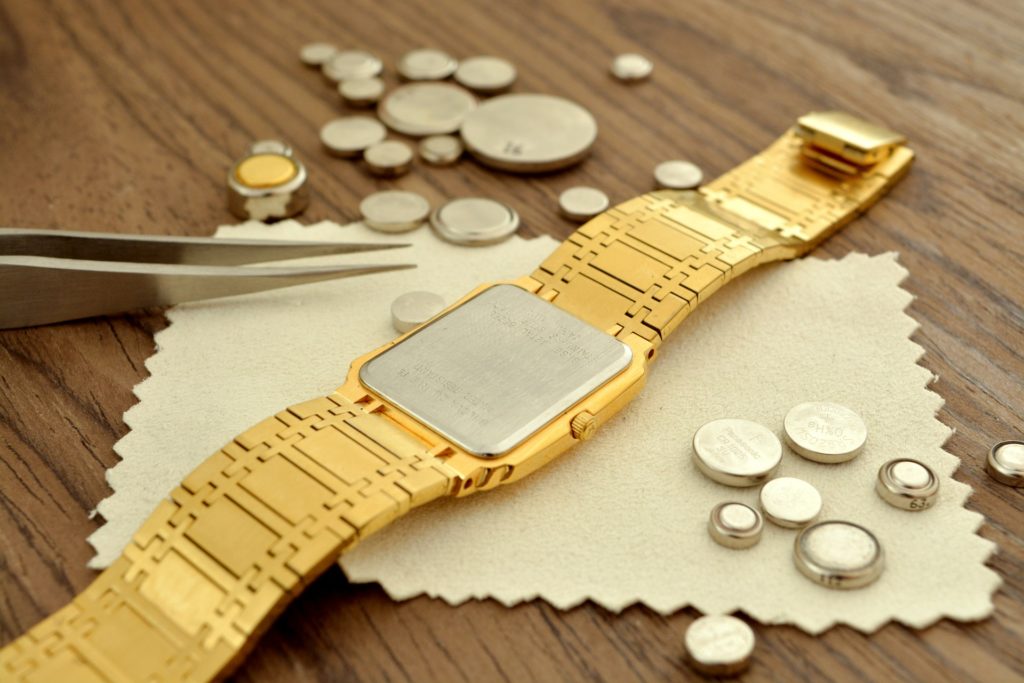Wrist watches are a popular and practical accessory that have been around for centuries. They come in a wide variety of styles and materials, and can feature a plethora of functions and features. Whether you’re a watch enthusiast or simply in need of a reliable timepiece, there’s something for everyone when it comes to wrist watches.
- Wrist watches are a popular and practical accessory that have been around for centuries. They come in a wide variety of styles and materials, and can feature a plethora of functions and features. Whether you’re a watch enthusiast or simply in need of a reliable timepiece, there’s something for everyone when it comes to wrist watches.
- The first wristwatch was made in the late 19th century, specifically for military use.
- Wrist watches come in many different styles, such as dress, sport, and casual.
- Wrist watches can be made from a variety of materials, including metal, plastic, and leather.
- The most common type of wrist watch movement is the quartz movement, which uses a battery to power the watch.
- Automatic watches, also known as self-winding watches, use the movement of the wearer’s wrist to power the watch.
- Mechanical watches use a spring-driven mechanism to power the watch.
- There are many different brands of wrist watches, including Rolex, Omega, and Patek Philippe.
- Wrist watches can be quite expensive, with some high-end models costing thousands of dollars.
- Many people collect wrist watches as a hobby.
- The term “wristwatch” is often used to refer specifically to a watch that is worn on the wrist, as opposed to a pocket watch.
- Wrist watches can have many different features, such as alarms, stopwatches, and calendars.
- Some wrist watches are water resistant, while others are not.
- The term “chronograph” refers to a wrist watch with a stopwatch function.
- There are many different types of watchbands, including metal bracelets, leather straps, and rubber bands.
- The bezel is the ring around the face of the watch.
- The dial is the face of the watch, where the time is displayed.
- The hands of a watch are the parts that move around the dial to show the time.
- The crown is the knob on the side of the watch that is used to set the time and other functions.
- A tachymeter is a scale on the bezel of a watch that is used to measure speed.
- The term “dress watch” refers to a watch that is intended to be worn with formal attire.
- A diving watch is a type of sport watch that is designed for use underwater.
- The term “moon phase” refers to a watch feature that displays the phase of the moon.
- A tourbillon is a type of watch movement that is designed to improve accuracy by counteracting the effects of gravity.
- A perpétuelle is a type of watch that is designed to run indefinitely without the need to be wound.
- A chronometer is a type of watch that has been certified by an official testing organization as being highly accurate.
- A wrist watch can be a useful tool for navigation, as it can be used to determine direction using the sun.
- Some wrist watches have a “power reserve” indicator, which shows how much power is left in the watch’s movement.
- A jump hour watch is a type of watch that displays the time using a digital display rather than traditional hands.
- A minute repeater is a type of watch that chimes the time audibly on demand.
- A skeleton watch is a watch with a transparent caseback, allowing the movement to be seen.
- A watch winder is a device used to keep automatic watches wound when they are not being worn.
- A watch roll is a small case used to store and transport wrist watches.
- The term “GMT” stands for Greenwich Mean Time.
- A GMT watch is a type of watch that displays multiple time zones simultaneously.
- A world timer watch is a type of watch that displays the time in different cities around the world.
- A watch with a “power reserve” indicator shows how much power is left in the watch’s movement.
- A wrist watch can be a useful tool for tracking fitness, as many models include features such as a heart rate monitor or pedometer.
- A watch with a “lunar phase” indicator shows the current phase of the moon.
- A watch with a “tachymeter” can be used to measure speed or distance based on time.
- A watch with a “chronograph” function can be used as a stopwatch.
- A watch with a “perpetual calendar” function automatically adjusts for months of different lengths and leap years.
- A watch with a “split-seconds chronograph” function can time two events concurrently and show the elapsed time for each event separately.
- A watch with a “tide indicator” can be used to predict the tides based on the current moon phase.
- A watch with a “compass” function can be used to determine direction.
- A watch with an “altimeter” function can be used to measure altitude.
- A watch with a “barometer” function can be used to predict changes in the weather.
- A watch with a “thermometer” function can be used to measure temperature.
- A watch with a “depth gauge” function can be used to measure depth underwater.
- A watch with a “GPS” function can be used to determine the wearer’s location and track their movements.
- A watch with a “solar power” function is powered by a solar panel and does not require a battery.
- A watch with a “kinetic power” function is powered by the movement of the wearer’s wrist and does not require a battery.
- A watch with a “radio-controlled” function can synchronize its time with a radio signal, allowing it to maintain extremely accurate time.
- A watch with an “atomic clock” function can synchronize its time with an atomic clock, the most accurate type of clock in the world.
- A watch with a “jump hour” display shows the time using a digital display rather than traditional hands.
- A watch with a “retrograde” display has hands that move along a curved path rather than a circular path.
- A watch with a “digital” display shows the time using electronic digits rather than hands.
- A watch with an “analog” display shows the time using hands and a dial.
- A watch with a “tourbillon” movement has a rotating escapement that is designed to improve accuracy by counteracting the effects of gravity.
- A watch with a “perpetual calendar” function automatically adjusts for months of different lengths and leap years.
- A watch with a “minute repeater” function chimes the time audibly on demand.
- A watch with a “skeleton” case has a transparent caseback, allowing the movement to be seen.
- A watch with a “pulsometer” function can be used to measure the wearer’s pulse rate.
- A watch with a “decimal repeater” function chimes the time in intervals of 10 minutes rather than the traditional intervals of 15 minutes.
- A watch with an “equation of time” function displays the difference between solar time and standard time.
- A watch with a “deadbeat seconds” function has a seconds hand that moves in increments rather than a continuous sweep.
- A watch with a “moon phase” display shows the current phase of the moon.
- A watch with a “power reserve” indicator shows how much power is left in the watch’s movement.
- A watch with a “jumping hours” display shows the time using a digital display that advances the hour with each jump rather than a traditional hand.
- A watch with a “digital chronograph” function combines a stopwatch with a digital display.
- A watch with an “analog chronograph” function combines a stopwatch with traditional hands.
- A watch with a “moon phase” display shows the current phase of the moon, which can be useful for predicting tides and planting schedules.
- A watch with a “fusee and chain” movement has a cone-shaped pulley and a chain that equalizes the power delivered to the escapement.
- A watch with a “dead seconds” or “seconds deadbeat” function has a seconds hand that moves in increments rather than a continuous sweep.
- A watch with a “constant force escapement” delivers a consistent amount of power to the balance wheel, improving accuracy.
- A watch with a “vertical clutch” in the chronograph function reduces wear on the movement by only engaging the chronograph when it is in use.
- A watch with a “co-axial escapement” has a more efficient design that reduces friction and wear on the movement.
- A watch with a “unidirectional bezel” can only be turned in a single direction, which is useful for tracking elapsed time.
- A watch with a “bi-directional bezel” can be turned in either direction, which is useful for tracking elapsed time in two directions.
- A watch with a “chronometer certification” has been tested and certified by an official organization as being highly accurate.
- A watch with a “hacking seconds” function stops the seconds hand when the crown is pulled out, allowing the time to be set with greater precision.
- A watch with a “day/night indicator” shows whether it is currently daytime or nighttime at the wearer’s location.
- A watch with a “luminous dial” has markings or hands that are coated with a material that glows in the dark.
- A watch with a “crystal” is made of a transparent material such as sapphire or mineral glass, which protects the dial and allows it to be seen.
- A watch with a “screw-down crown” is designed to be tightened against the case to increase water resistance.
- A watch with a “screw-down caseback” is designed to be tightened against the movement to increase water resistance.
- A watch with a “diver’s extension” is a feature that allows the watchband to be extended for use over a diving suit.
- A watch with a “pilot’s bezel” is a rotating bezel that can be used to track elapsed time or to perform other calculations.
- A watch with a “military time” display shows the time using a 24-hour format rather than the traditional 12-hour format.
- A watch with a “regulator” display shows the time with the hour hand and minute hand on separate dials.
- A watch with a “digital perpetual calendar” automatically adjusts for months of different lengths and leap years.
- A watch with a “leap year indicator” shows when the next leap year will occur.
- A watch with a “day/date indicator” shows the current day and date.
- A watch with a “second time zone” function allows the wearer to track the time in two different time zones simultaneously.
- A watch with an “equation of time” function shows the difference between solar time and standard time.
- A watch with a “sunrise/sunset indicator” shows the times of sunrise and sunset at the wearer’s location.
- A watch with a “moon age indicator” shows the number of days that have passed since the last new moon.
- A watch with a “semi-skeleton” case has a partially transparent caseback, allowing a portion of the movement to be seen.
- A watch with a “transparent” case has a transparent material such as sapphire crystal on the front and back, allowing the movement to be seen from both sides.
- A watch with a “smartwatch” function can connect to the internet and perform tasks such as sending and receiving messages and tracking fitness.
There are so many things to know and consider when it comes to wrist watches. From the different types of movements to the various materials and styles, there is a lot to consider when choosing the perfect watch. Whether you’re looking for a casual watch for everyday wear, a sport watch for your active lifestyle, or a high-end timepiece to add to your collection, there are endless options available. Ultimately, the right wrist watch is a personal choice that should reflect your individual style and needs.







